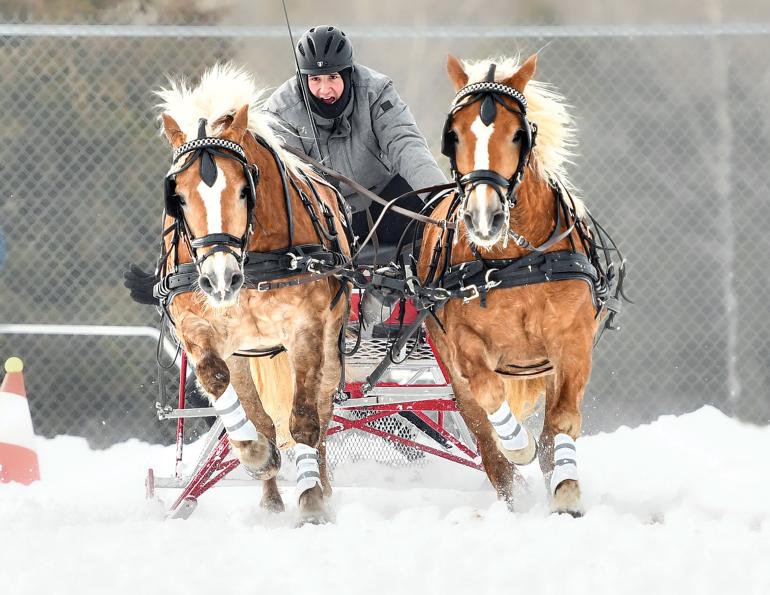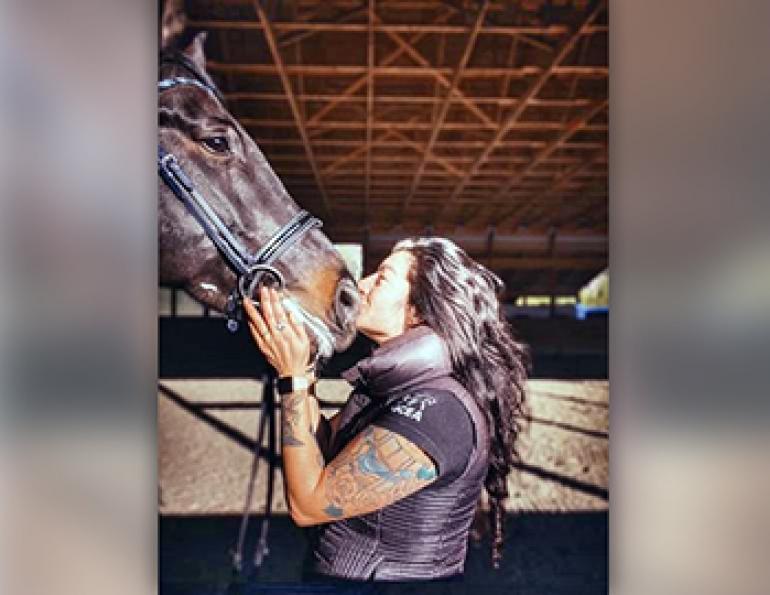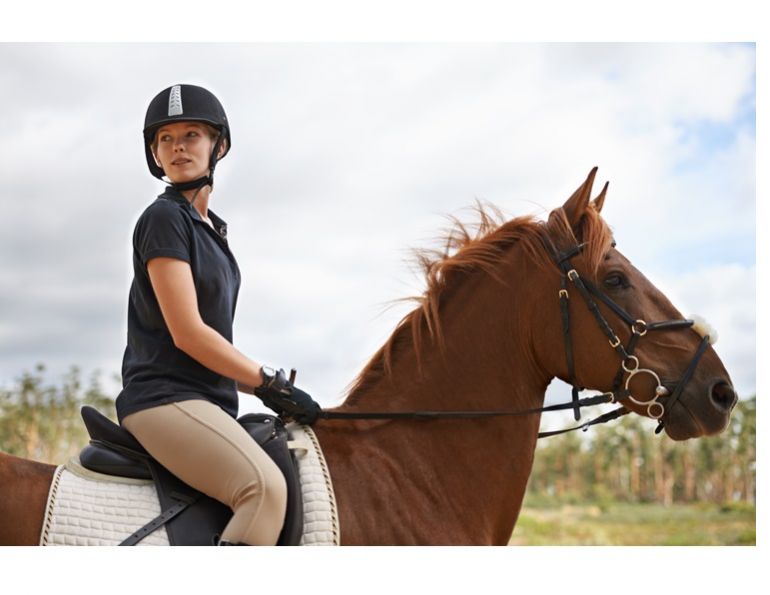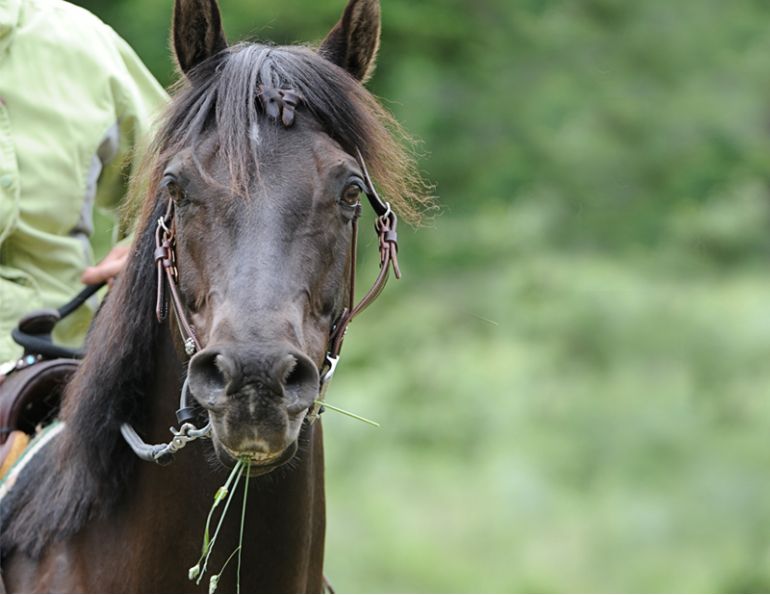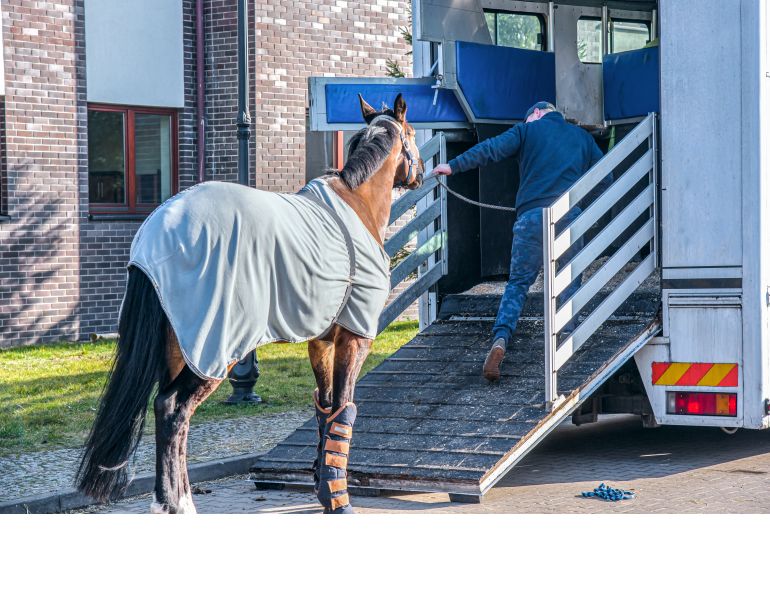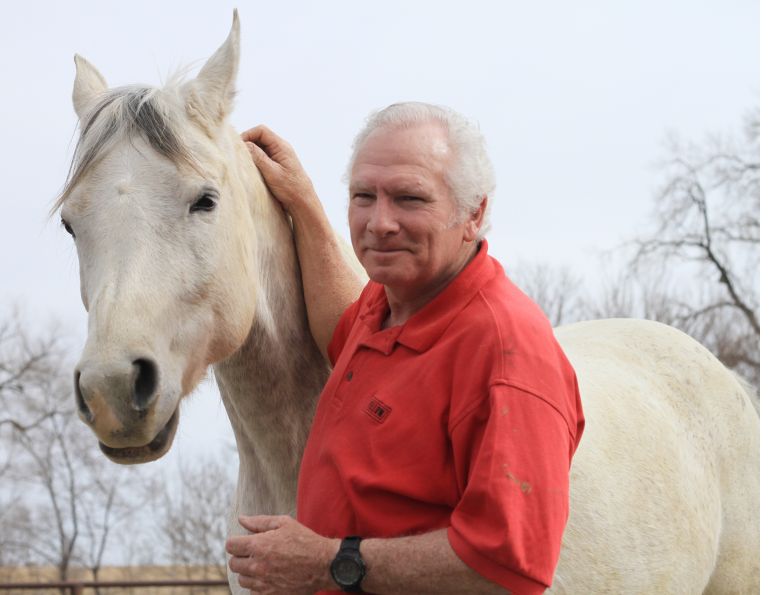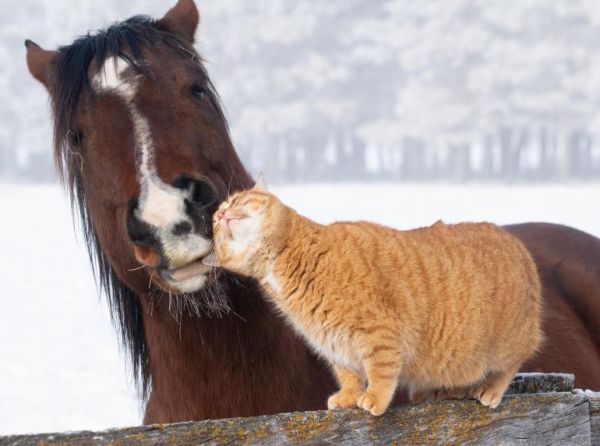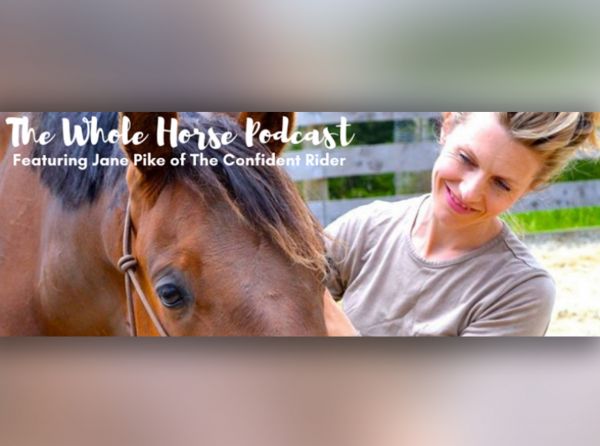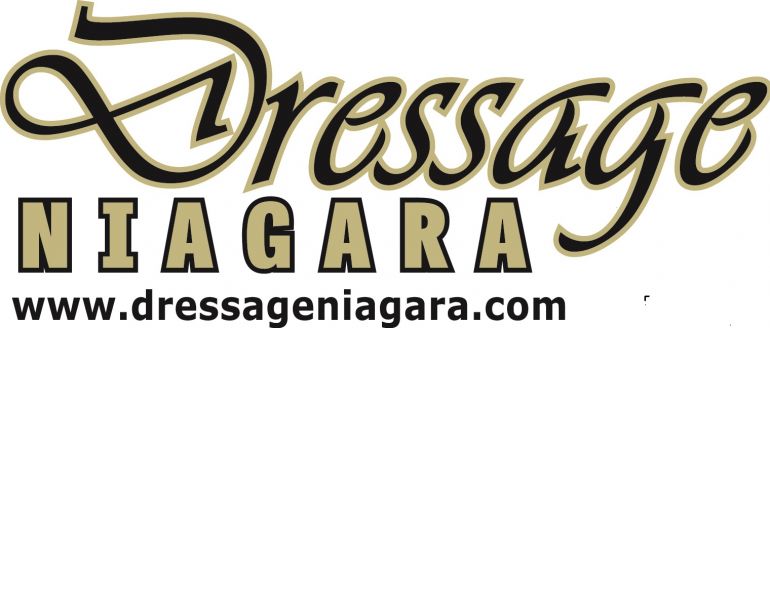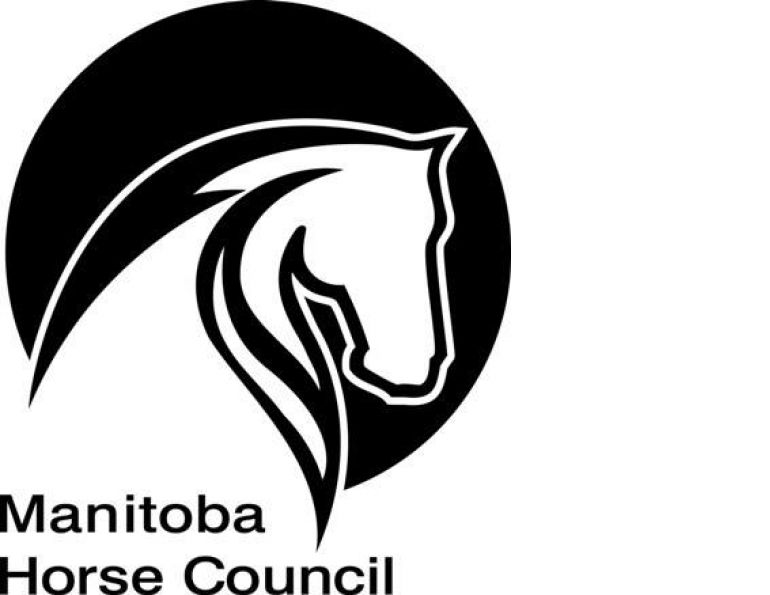With Jim Greendyk
Q: In the lope my horse raises his head and rushes, but he’s fine in walk and trot. How can I encourage him to relax, lower his head and neck, and slow down?
A: It is very common for things to “fall apart” as a horse picks up speed. There are numerous reasons for this and often it’s a combination of several factors.
The first thing I always do when I encounter a training problem is sit down and go through a mental checklist of potential causes. Everything happens for a reason and, because horses are reactionary animals, they simply react to stimulation, whether negative or positive. In this case, we can be pretty certain that the stimulus is negative based on the horse’s tension and increased speed in the lope.
Next, we have to determine whether the horse is reacting in this manner because of a physical condition or a psychological issue. On the physical side, we have a myriad of possibilities on the checklist, including skeletal alignment, dental work, farrier work, saddle and bridle fit, fitness, general training, and history of injuries or health problems. It is crucial to make sure that all physical causes for this behaviour are ruled out, or any training methods will just be compounding the discomfort, anxiety, and negative reaction. It is relatively easy to check these things off your list, although you may have to enlist the services of qualified equine professionals, such as your veterinarian, equine chiropractor, and farrier, to do so. Once you have confirmed that your horse’s teeth are properly floated, your tack fits correctly, and your horse isn’t sore or hindered by an old injury or lack of fitness, take a look at dealing with the psychological possibilities.
With physical causes out of the way, the most common training problem I encounter is horses that rush because their riders rush. I recommend that you return to the basics with this horse. Stress softness and roundness at the walk and trot, and ride from the leg, not the hand. Don’t focus on the head and neck and how they rise. Don’t focus on the speed that your horse picks up in the lope. Instead, focus on rhythm and restoring roundness through the back. Allow the horse to find his natural rhythm and then use your leg to lift his back, encouraging him to stride up more consistently behind while lowering his head and neck in front.
When I read this question I have two pictures in my mind. The first picture I see is a very nice trail horse that worries about the lope departure and rushes out of the steady walk and trot frame into a strong and unpleasant lope. This horse needs to be allowed to lope consistently for several minutes (ideally in an arena or enclosed area with good footing where you feel comfortable) to allow him to relax and find his own natural rhythm. Sometimes horses will be nervous about the trot-to-lope transition due to miscues or strong cues, and nervous or aggressive hands in the rider. Often these horses figure themselves out if the rider stays out of the way and lets them.
Keeping your horse under control is obviously paramount, but many riders become too focused on collection and slowing the gaits down before true forward cadence has been established. This causes anxiety in the horse. Relax yourself and allow your horse to go forward until he settles into a rhythm. Then go for the overall pretty frame and presentation.
The second picture I see is a finished show horse that gets a little hollow and “rushy” in the show pen at the call for lope. The rushing often comes from anticipation in the show ring or show nerves from the rider, and is most easily dealt with by going back to the basics. This horse needs to practice basic leg-yields and lope departures with his back lifted and his hindquarters re-engaged. As a general rule I tell all my riders to ride for the ride and not for the ribbon, because taking the pressure of competition away from yourself and your horse can be the best way to help both of you relax in those lope departures.
Personally, if I focus on winning, I tense up and my horses feel that intensity and respond by being tighter and less relaxed, and by rushing. Over time I’ve realized that riding to win almost always placed me lower than showing my horse focused on the fundamentals of my ride and how my horse felt on that particular show day. Take your show career one ride at a time, one day at a time, and enjoy the process.
This article originally appeared in the June 2013 issue of Canadian Horse Journal.
Photo: A horse that exhibits tension in the lope by raising his head and neck and rushing may be reacting to a physical issue, such as ill-fitting tack or dental problems, or a psychological issue, such as anxiety over miscues or aggressive hands from the rider. Photo: Robin Duncan Photography




